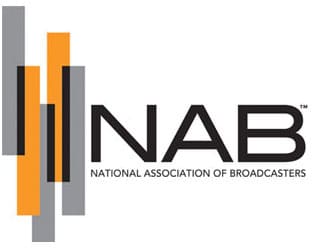The Department of Homeland Security’s Federal Emergency Management Agency (FEMA) on Thursday adopted a new digital message format for the next generation Emergency Alert System. Now broadcasters are worried that they are going to have to have new equipment in place within 180 days, even though it isn’t even available yet.
With the announcement by FEMA coming just before FCC Commissioner Robert McDowell (R) appeared at the 2010 Radio Show in Washington, DC, several people wanted to know whether the announcement started the 180-day clock ticking at the FCC for broadcasters to make the change-over, or whether that 180 days begins when the FCC actually adopts equipment standards? There was, unfortunately, no clear answer, so the NAB is advising members to assume for now that the clock is ticking.
For his part, McDowell indicated that he would support an extension as a reasonable course. “I think it’s better to do it right than to do it fast,” he said, so he would vote for an extension. “That’s one vote. You only need two more,” he noted.
The new standard uses the Common Alerting Protocol (CAP) v1.2 Standard. The CAP open standard will enable alert messages to be easily composed by emergency management officials for communication with citizens using a much broader set of devices to reach as many people as possible. But at the heart of the alerting system is the broadcast EAS system, so all EAS equipment will have to incorporate CAP. That means new EAS equipment for every radio and TV station. Broadcasters have known that was coming, but there remain concerns about how quickly broadcasters will be able to come into compliance, since the equipment can’t even be manufactured until the FCC adopts new standards.
“The adoption of the new CAP standard will ultimately transform America’s emergency alert and warning capabilities and better enable Americans to receive these potentially life-saving alerts over television and radio broadcast stations, via the Internet, and on their cell phones. The ability to receive alerts over multiple platforms will dramatically increase the likelihood that Americans are receiving this critical information timely and are better informed to take actions that will help protect themselves and their families during emergencies,” said a statement from Rear Admiral (ret.) James Arden Barnett, Jr., Chief of the FCC’s Public Safety and Homeland Security Bureau.
“The Integrated Public Alert and Warning System will allow federal, state, territorial, tribal and local officials to get critical and timely information to the public that can protect communities and save lives,” said FEMA Administrator Craig Fugate.
RBR-TVBR observation: McDowell is clearly correct that it is more important to do this right than to do it fast. It’s pretty hard for broadcasters to install the new equipment until they are actually able to buy it from the manufacturers. Let’s hope that reason prevails.




